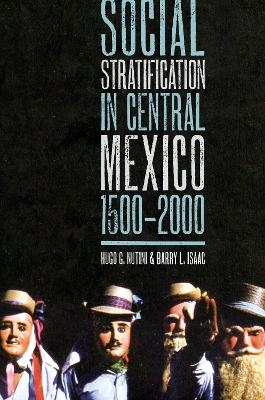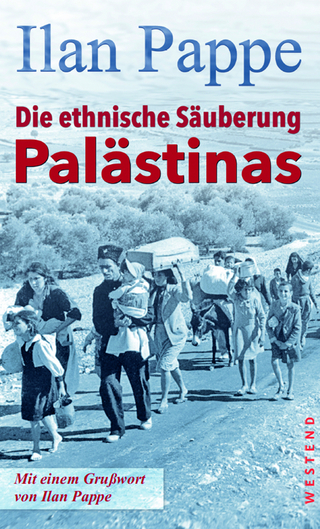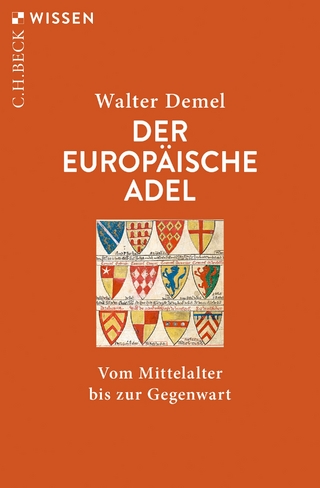
Social Stratification in Central Mexico, 1500-2000
University of Texas Press (Verlag)
978-0-292-72351-1 (ISBN)
- Lieferbar (Termin unbekannt)
- Versandkostenfrei innerhalb Deutschlands
- Auch auf Rechnung
- Verfügbarkeit in der Filiale vor Ort prüfen
- Artikel merken
In Aztec and colonial Central Mexico, every individual was destined for lifelong placement in a legally defined social stratum or estate. Social mobility became possible after independence from Spain in 1821 and increased after the 1910–1920 Revolution. By 2000, the landed aristocracy that was for long Mexico's ruling class had been replaced by a plutocracy whose wealth derives from manufacturing, commerce, and finance—but rapid growth of the urban lower classes reveals the failure of the Mexican Revolution and subsequent agrarian reform to produce a middle-class majority. These evolutionary changes in Mexico's class system form the subject of Social Stratification in Central Mexico, 1500–2000, the first long-term, comprehensive overview of social stratification from the eve of the Spanish Conquest to the end of the twentieth century.
The book is divided into two parts. Part One concerns the period from the Spanish Conquest of 1521 to the Revolution of 1910. The authors depict the main features of the estate system that existed both before and after the Spanish Conquest, the nature of stratification on the haciendas that dominated the countryside for roughly four centuries, and the importance of race and ethnicity in both the estate system and the class structures that accompanied and followed it. Part Two portrays the class structure of the post-revolutionary period (1920 onward), emphasizing the demise of the landed aristocracy, the formation of new upper and middle classes, the explosive growth of the urban lower classes, and the final phase of the Indian-mestizo transition in the countryside.
Hugo G. Nutini is University Professor in the Department of Anthropology at the University of Pittsburgh. He has authored and edited numerous articles and books, including The Mexican Aristocracy: An Expressive Ethnography, 1910–2000 and Social Stratification and Mobility in Central Veracruz. Barry L. Isaac is Emeritus Professor of Anthropology at the University of Cincinnati. With Nutini, he is the coauthor of Los Pueblos de Habla Nahuatl and was also the series editor of Research in Economic Anthropology from 1983 until 2000.
Acknowledgments
Introduction
Part One: Historical Overview
Chapter 1. Estates and Classes
Chapter 2. Race and Ethnicity
Chapter 3. Haciendas and Their Workers
Part Two: The Postrevolutionary Period (1920-2000)
Chapter 4. The Upper Classes: Aristocracy, Plutocracy, Political Class, and Prestige Upper-Middle Class
Chapter 5. The Middle Classes
Chapter 6. The Urban Lower Classes
Chapter 7. The Indian-Mestizo Transition: From Ethnic Estates to Social Classes
Chapter 8. Expression and Social Class
Conclusion
References
Index
| Verlagsort | Austin, TX |
|---|---|
| Sprache | englisch |
| Maße | 152 x 229 mm |
| Gewicht | 454 g |
| Themenwelt | Geisteswissenschaften ► Geschichte ► Regional- / Ländergeschichte |
| Geschichte ► Teilgebiete der Geschichte ► Kulturgeschichte | |
| Geschichte ► Teilgebiete der Geschichte ► Sozialgeschichte | |
| Sozialwissenschaften ► Soziologie ► Makrosoziologie | |
| ISBN-10 | 0-292-72351-2 / 0292723512 |
| ISBN-13 | 978-0-292-72351-1 / 9780292723511 |
| Zustand | Neuware |
| Informationen gemäß Produktsicherheitsverordnung (GPSR) | |
| Haben Sie eine Frage zum Produkt? |
aus dem Bereich


